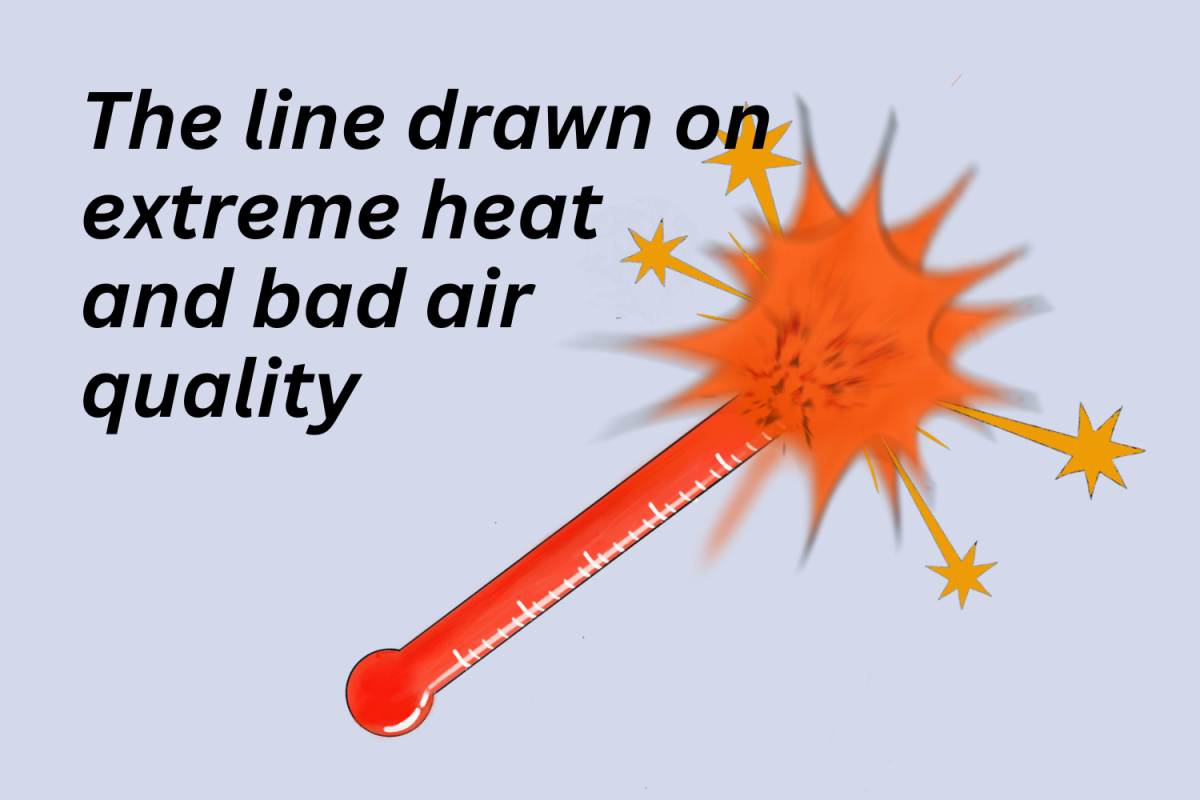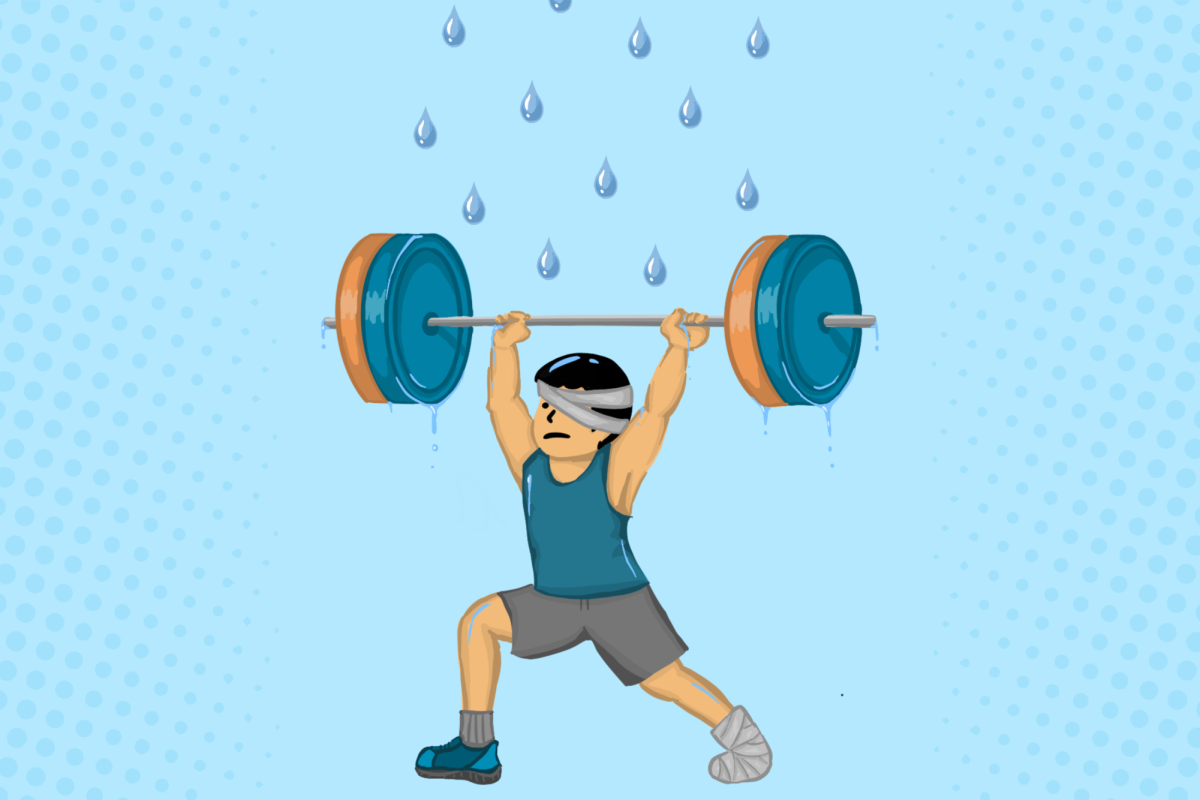Recent spikes in high temperatures have caused Lynbrook athletes to hesitate before lacing up their running shoes or strapping on their gear. A string of 80-100 degree days has made spending time outside a struggle, and exertion often unfathomable. In light of a California policy banning outdoor sports in extreme temperatures and bad air quality, some Lynbrook athletes have begun to question where the line should be drawn with regard to rigorously practicing in hazardous conditions. School sport games and practices should adhere to the clear line enforced by Lynbrook athletics and state policy addressing when sport activities should not be played.
The California Interscholastic Federation created a policy on Oct. 8, 2023, stating that in certain high temperatures and bad air quality, all outdoor school sports practices and games must be postponed, canceled or moved indoors. The policy expresses that if temperatures exceed 86.2 degrees Fahrenheit on the WetBulb Globe Temperature scale, a measure of heat stress in direct sunlight while taking humidity, wind speed, sun angle and cloud cover into account, sports activities must be canceled or moved. Additionally, if the Air Quality Index level rises to above 150, no outdoor practice, workouts or matches are allowed and must be delayed until safer conditions are reached. The Centers for Disease Control and Prevention reports that each year, heat illness is one of the leading causes of death among student-athletes. The effects of these dangerous environments are high among student-athletes who spend several hours a week engaging in rigorous outdoor exercise, especially athletes with pre-existing health concerns or those who wear heavy gear.
“The gear traps the heat inside your body and makes it seem hotter than what is really stated,” sophomore and varsity football captain Owen Huang said. “Our gear makes the overall situation reach a whole other level”
Current Lynbrook policy regarding outdoor sports in harmful environments varies from team to team. While some outdoor sport activities in these hazardous environments are postponed, a few large-scale events that can’t be canceled require student-athletes to perform high-exertion activities in sweltering heat and suffocating air. Rather than being canceled or rescheduled, many games and practices are simply shortened.
“During a tournament, it was 100 degrees Fahrenheit with bad air quality,” senior and varsity girls tennis captain Kylie Liao said. “Our sets were shortened, but even then, my opponent was red in the face and gasping for air. This was an instance where the organizers should have prioritized player safety and canceled.”
An important factor to be considered is pre-existing health problems student-athletes have that could be amplified in extreme heat or harmful air quality. Students with conditions such as asthma are placed in much higher risk in these kinds of dangerous environments. In these cases, it is important that all student-athletes are aware of these situations and are able to find support for them.
“When we see bad air quality or high temperatures, it’s a reminder that we need to be careful and look out for our teammates,” Liao said. “Everybody has different needs and reactions to the weather, so we need to check in on people and make sure they’re okay.”
Currently, Lynbrook athletics uses temperature and air quality gauges to determine the risk level of the environment. Additionally, many student-athletes discuss with their coaches to determine when practices should be canceled. A good consensus is reached where both student and coach opinions are considered.
“Our coaches are considerate about the conditions because they’re all former football players, so they’ve all experienced how bad conditions can impact athletes,” senior and varsity football captain Justin Kim said.
There are dangers that come with students having a say about when to cancel activities. While some sports implement the CIF and school policy very strictly, other student-athletes are less aware of its details. As many student-athletes report, they often don’t realize exactly how hot temperatures are or how bad the air quality is. By the time symptoms of heat illness or bad air quality appear, it may be too late to take action.
Ensuring that student-athletes and coaches are aware of available resources and rescheduling according to the environment is crucial for their health. In addition to providing more shade, proper education regarding hydration, hazardous air quality and recognizing signs of heat illness should be a part of student-athlete learning. Coaches should also communicate consistently with student-athletes when high temperatures appear in the forecast in order to support them.
“There’s never a game that’s ever going to outweigh the level of risk of heat illness or bad air quality,” athletic trainer Scott Leveau said. “Safety always comes first.”



































































